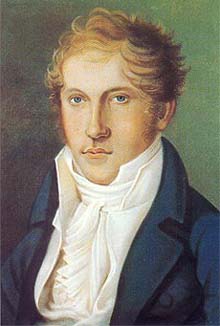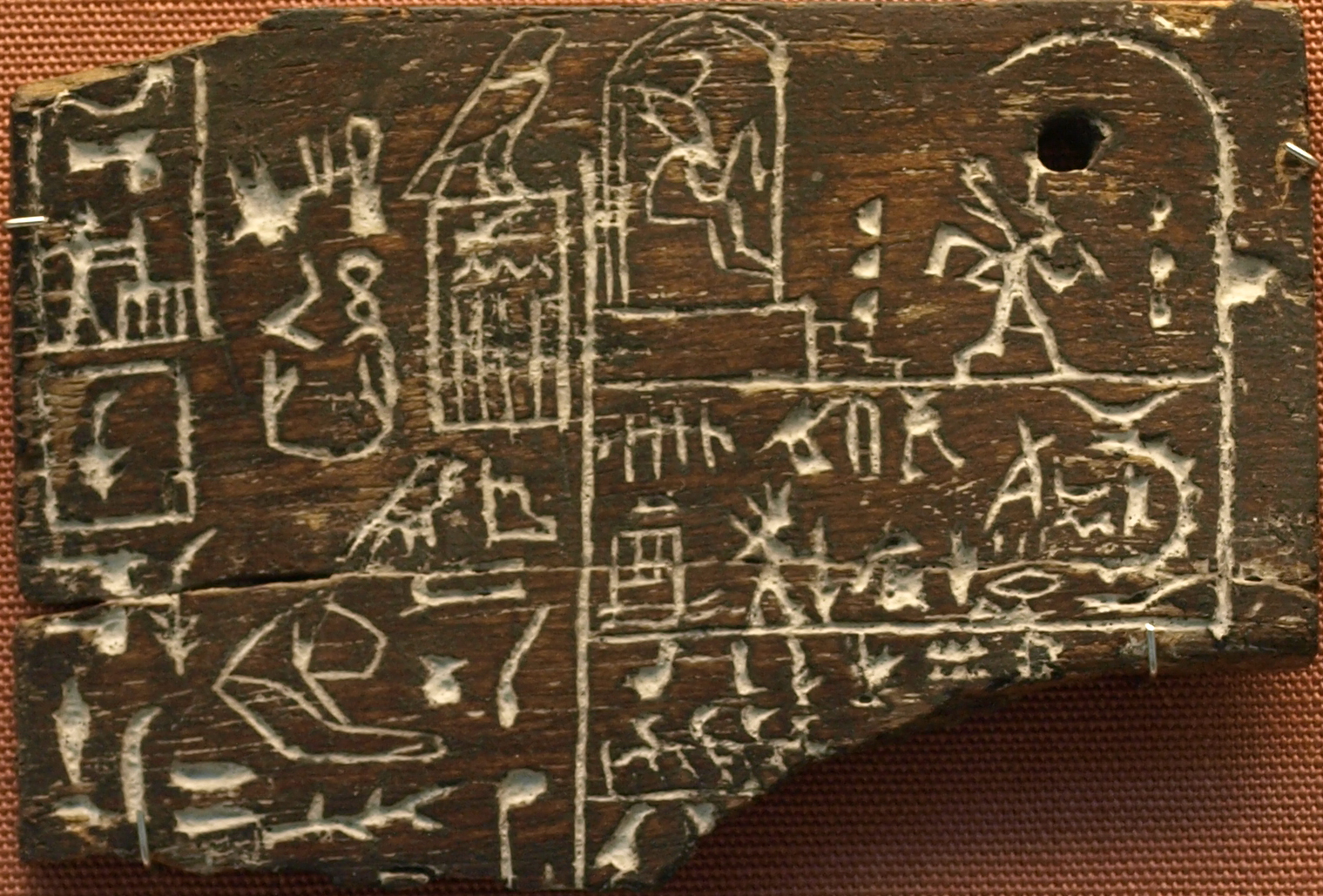|
Chinrest
A chinrest is a shaped piece of wood (or plastic) attached to the body of a violin or a viola to aid in the positioning of the player's jaw or chin on the musical instrument, instrument. The chinrest may be made of ebony, rosewood, buxus, boxwood, or plastic. History The chinrest was invented by Louis Spohr in the early 19th century, about 1820. Historically, this has been explained as a response to increasingly difficult repertoire which demanded freer left hand techniques than had previously been used; however, Spohr intended his small block attached to the bout to protect the tailpiece, which he reportedly broke with his vigorous playing. However, after being promoted by prominent violinists of the day, such as Pierre Baillot and Giovanni Battista Viotti, it gained quick acceptance among most violinists and violists and is today considered a standard part of the violin and viola. Chinrest attachment The chinrest is attached to the instrument by one or two metal clamps that ... [...More Info...] [...Related Items...] OR: [Wikipedia] [Google] [Baidu] |
Violin
The violin, sometimes referred to as a fiddle, is a wooden chordophone, and is the smallest, and thus highest-pitched instrument (soprano) in regular use in the violin family. Smaller violin-type instruments exist, including the violino piccolo and the pochette (musical instrument), pochette, but these are virtually unused. Most violins have a hollow wooden body, and commonly have four strings (music), strings (sometimes five-string violin, five), usually tuned in perfect fifths with notes G3, D4, A4, E5, and are most commonly played by drawing a bow (music), bow across the strings. The violin can also be played by plucking the strings with the fingers (pizzicato) and, in specialized cases, by striking the strings with the wooden side of the bow (col legno). Violins are important instruments in a wide variety of musical genres. They are most prominent in the Western classical music, Western classical tradition, both in ensembles (from chamber music to orchestras) and as solo ... [...More Info...] [...Related Items...] OR: [Wikipedia] [Google] [Baidu] |
Fiddler's Neck
Fiddler's neck is an occupational disease that affects violin and viola players. It is a cutaneous condition usually characterized by redness, thickening, and inflammation on the left side of the neck below the angle of the jaw where the instrument is held. Acne-like lesions and cysts may form at the site due to foreign body reactions, and infections may also occur due to poor hygiene. The primary causes of fiddler's neck are constant friction and local pressure. It is well known among professional orchestra musicians but is "not well recognized by dermatologists", and a red mark on the left side of the neck under the jaw "functions as an identifying sign" of a violinist or violist "in public without seeing the instrument"''.'' Although the presence of fiddler's neck is sometimes used as an indicator of a violinist's skill, or 'battle scars' from constant practice, many violinists never develop fiddler's neck, due to differences in skin sensitivity, playing habits, and the materia ... [...More Info...] [...Related Items...] OR: [Wikipedia] [Google] [Baidu] |
Louis Spohr
Louis Spohr (, 5 April 178422 October 1859), baptized Ludewig Spohr, later often in the modern German form of the name Ludwig was a German composer, violinist and conductor. Highly regarded during his lifetime, Spohr composed ten symphonies, ten operas, eighteen violin concerti, four clarinet concerti, four oratorios, and various works for small ensemble, chamber music, and art songs.Clive Brown. "Spohr, Louis." Grove Music Online. Oxford Music Online. 18 May 2012 Spohr invented the violin chinrest and the orchestral rehearsal mark. His output spans the transition between Classical and Romantic music, but fell into obscurity following his death, when his music was rarely heard. The late twentieth century saw a modest revival of interest in his oeuvre primarily in Europe, but his reputation has never been restored to that during his lifetime. Life Spohr was born in Braunschweig in the duchy of Brunswick-Wolfenbüttel to Karl Heinrich Spohr and Juliane Ernestine Luise He ... [...More Info...] [...Related Items...] OR: [Wikipedia] [Google] [Baidu] |
Violin Construction And Mechanics
A violin consists of a body or corpus, a neck, a finger board, a Bridge (instrument), bridge, a soundpost, four Strings (music), strings, and various fittings. The fittings are the tuning pegs, tailpiece and tailpiece, tailgut, endpin, possibly one or more fine tuners on the tailpiece, and in the modern style of playing, usually a chinrest, either attached with the cup directly over the tailpiece or to the left of it. There are many variations of chinrests: center-mount types such as Flesch or Guarneri, clamped to the body on both sides of the tailpiece, and side-mount types clamped to the lower bout to the left of the tailpiece. Body The body of the violin is made of two Sound board (music), arched plates fastened to a "garland" of ribs with Animal glue, animal hide glue. The ribs are what is commonly seen as the "sides" of the box. The rib garland includes a top block, four corner blocks (sometimes omitted in inexpensively mass-produced instruments,) a bottom block, and narr ... [...More Info...] [...Related Items...] OR: [Wikipedia] [Google] [Baidu] |
Ebony
Ebony is a dense black/brown hardwood, coming from several species in the genus '' Diospyros'', which also includes the persimmon tree. A few ''Diospyros'' species, such as macassar and mun ebony, are dense enough to sink in water. Ebony is finely textured and has a mirror finish when polished, making it valuable as an ornamental wood. It is often cited as one of the most expensive woods in the world. Etymology The word ''ebony'' comes from the Ancient Egyptian ', through the Ancient Greek ('), into Latin () and Middle English. Species Species of ebony include '' Diospyros ebenum'' (Ceylon ebony), native to southern India and Sri Lanka; '' D. crassiflora'' (Gabon ebony), native to western Africa; '' D. humilis'' (Queensland ebony), native to Queensland, the Northern Territory, New Guinea and Timor; and '' D. celebica'' (Sulawesi ebony), native to Indonesia and prized for its luxuriant, multi-colored wood grain. Mauritius ebony, '' D. tessellaria'', was largely exploited by ... [...More Info...] [...Related Items...] OR: [Wikipedia] [Google] [Baidu] |
Hex Key
A hex key (also, hex wrench, Allen key and Allen wrench, Unbrako or Inbus) is a simple driver for Bolt (fastener), bolts or screws that have heads with ''internal'' hexagonal recesses (Socket wrench, sockets). Hex keys are formed from a single piece of hard hexagonal steel rod, having blunt ends that fit snugly into similarly shaped screw sockets. The rods are bent to 90°, forming two arms of unequal length resembling an "L". The tool is usually held and twisted by its long arm, creating a relatively large torque at the tip of the short arm; it can also be held by its short arm to access screws in difficult-to-reach locations and to turn screws faster at the expense of torque. Hex keys are designated with a socket size and are manufactured with tight tolerances. As such, they are commonly sold in kits that include a variety of sizes. Key length typically increases with size but not necessarily proportionally so. Variants on this design have the short end inserted in a trans ... [...More Info...] [...Related Items...] OR: [Wikipedia] [Google] [Baidu] |
Guarneri
The Guarneri (, , ), often referred to in the Latinized form Guarnerius, is the family name of a group of distinguished luthiers from Cremona in Italy in the 17th and 18th centuries, whose standing is considered comparable to those of the Amati and Stradivari families. Family members * Andrea Guarneri ( 1626 – 7 December 1698) was an apprentice in the workshop of Nicolò Amati from 1641 to 1646 and returned to make violins for Amati from 1650 to 1654. His early instruments are generally based on the "Grand Amati" pattern but struggled to achieve the sophistication of Amati's own instruments. Andrea Guarneri produced some fine violas. The ex-Primrose Viola, which was played by William Primrose, bears Andrea's label but may have been made by his son Giuseppe. Two of Andrea's sons continued the father's traditions: * Pietro Giovanni Guarneri (''Pietro da Mantova'') (18 February 1655 – 26 March 1720) worked in his father's workshop from around 1670 until his marriage in 16 ... [...More Info...] [...Related Items...] OR: [Wikipedia] [Google] [Baidu] |
Susan Kempter
Susan Kempter is an American violin teacher and prominent Suzuki teacher trainer who specializes in applying interdisciplinary research to music pedagogy. She is an active promoter of teaching students to play musical instruments with both physical as well as musical demands in mind, so that they can play their instruments without the pain and repetitive stress injuries which are common in the profession. She was influenced by the teaching of Paul Rolland and John Kendall. She is the director of a violin performing group, Mad About Music, in Albuquerque, NM, which exemplifies her teaching methods. She was the founding director of String Pedagogy at the University of New Mexico The University of New Mexico (UNM; ) is a public research university in Albuquerque, New Mexico, United States. Founded in 1889 by the New Mexico Territorial Legislature, it is the state's second oldest university, a flagship university in th ..., and is well as a frequent speaker and workshop spec ... [...More Info...] [...Related Items...] OR: [Wikipedia] [Google] [Baidu] |
Carl Flesch
Carl Flesch (born Károly Flesch, 9 October 1873 – 14 November 1944) was a Hungarian classical violinist and teacher. Flesch’s compendium ''Scale System'' is a staple of violin pedagogy. Life and career Flesch was born in Moson (now part of Mosonmagyaróvár) in Hungary in 1873. He began playing the violin at seven years of age. At 10 he was taken to Vienna to study with Jakob Grün. At 17 he left for Paris, and joined the Conservatoire de Paris, studying with Martin Pierre Marsick. He settled in 1903 in Amsterdam, in 1908 in Berlin, and in 1934 in London. He was known for his solo performances in a very wide range of repertoire (from Baroque music to contemporary), gaining fame as a chamber music performer. He also taught in Bucharest (1897–1902), Amsterdam (1903–08), Philadelphia (1924–28) and Berlin (Hochschule für Musik, 1929–34). He published a number of instructional books, including ''Die Kunst des Violin-Spiels'' (''The Art of Violin Playing'', 1923) in w ... [...More Info...] [...Related Items...] OR: [Wikipedia] [Google] [Baidu] |





